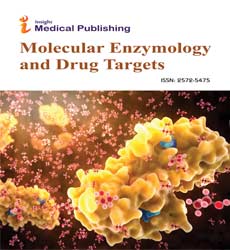Abstract
Evaluating the Impact of Boosting on-site Enzymes produced by Trichoderma reesei RUT C30 and Aspergillus saccharolyticus with Commercial Enzymes in lowering the use of Commercial Cellulases.
In-house production of cellulases from filamentous fungi is widely used, but their hydrolytic efficiency compared to commercial enzymes is limited. We studied the effect of supplementing in-house cellulases produced by Trichoderma reesei, RUT C30 and a novel strain, Aspergillus saccharolyticus with different types of commercial enzymes for the efficient hydrolysis of wet exploded loblolly pine. Cellic®Ctec 2, Cellic®Htec2 and Novozym 188 were used as the commercial base enzymes for supplementing the in-house produced enzymes. Compared to non- supplemented in-house enzymes preparation, commercial enzymes (Cellic®Ctec2) added in the same amount as FPU and CBU, resulted in 68% higher glucose yield using wet exploded loblolly pine (WELP) at a 20% DM concetration. The highest saccharifcation yield was achieved by supplementation of the in-house produced cellulases with Cellic®Htec2 compared to Cellic®Ctec2 and Novozym 188. Optimal glucose, xylose and mannose yields, 85%, 92% and 86%, respectively were achieved by using in-house enzymes (15 FPU/g cellulose) supplemented with commercial hemicellulase (7.5 FPU/g cellulose). These results showed that supplementing in-house enzymes with commercial enzymes can be advantageous and work for lowering the overall cost of enzymes in a biorefinery.
https://transplanthair.istanbul
https://hairclinicturkey.co
https://hairclinicistanbul.co
https://besthairtransplant.co
https://hairtransplantistanbul.co
Author(s):
Vandana Rana, Birgitte K. Ahring
Abstract | Full-Text | PDF
Share this

Abstracted/Indexed in
- Google Scholar
- China National Knowledge Infrastructure (CNKI)
- Publons
- Secret Search Engine Labs
Open Access Journals
- Aquaculture & Veterinary Science
- Chemistry & Chemical Sciences
- Clinical Sciences
- Engineering
- General Science
- Genetics & Molecular Biology
- Health Care & Nursing
- Immunology & Microbiology
- Materials Science
- Mathematics & Physics
- Medical Sciences
- Neurology & Psychiatry
- Oncology & Cancer Science
- Pharmaceutical Sciences
